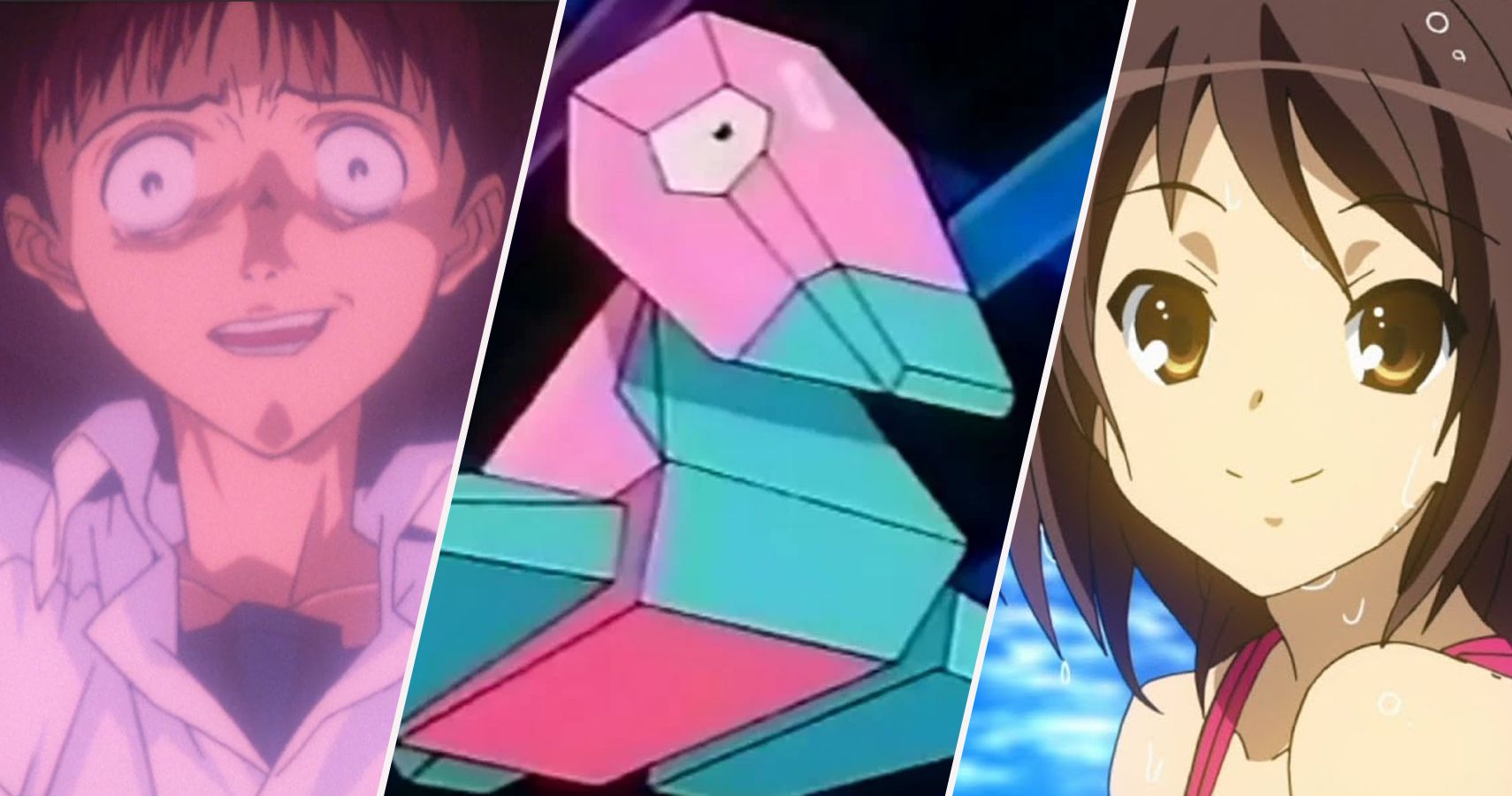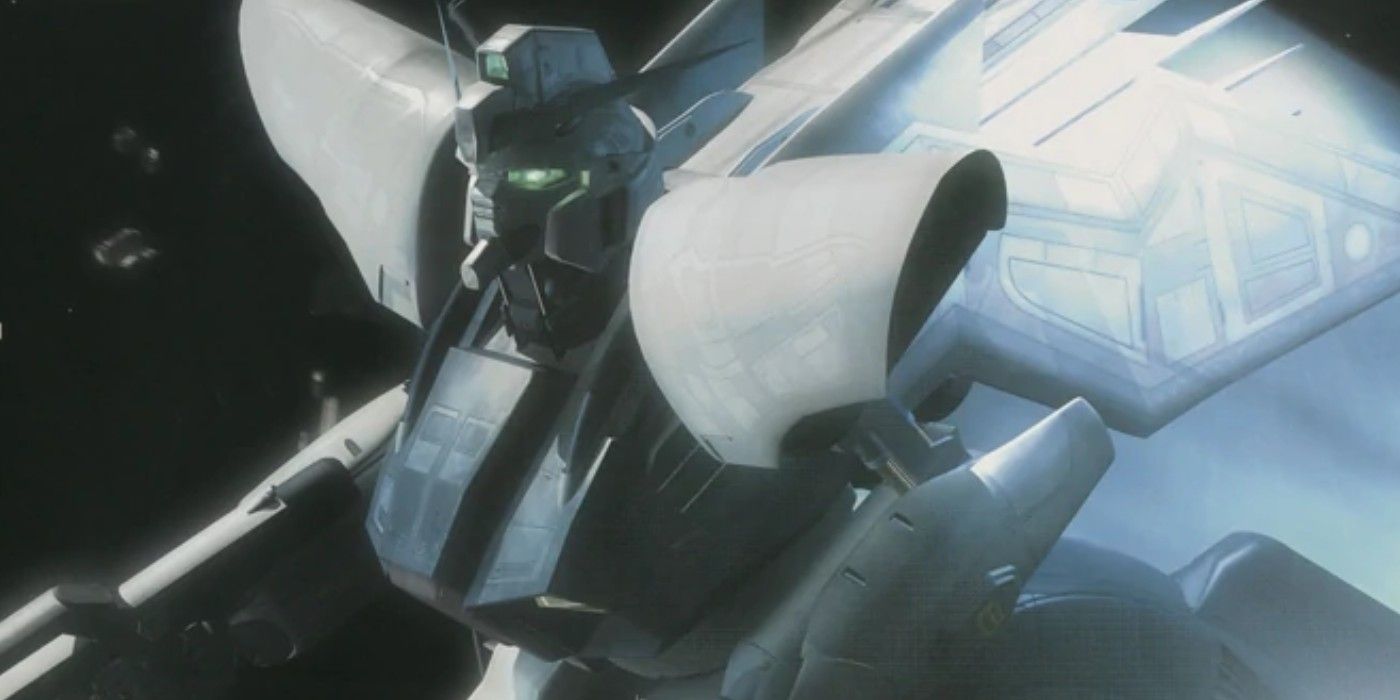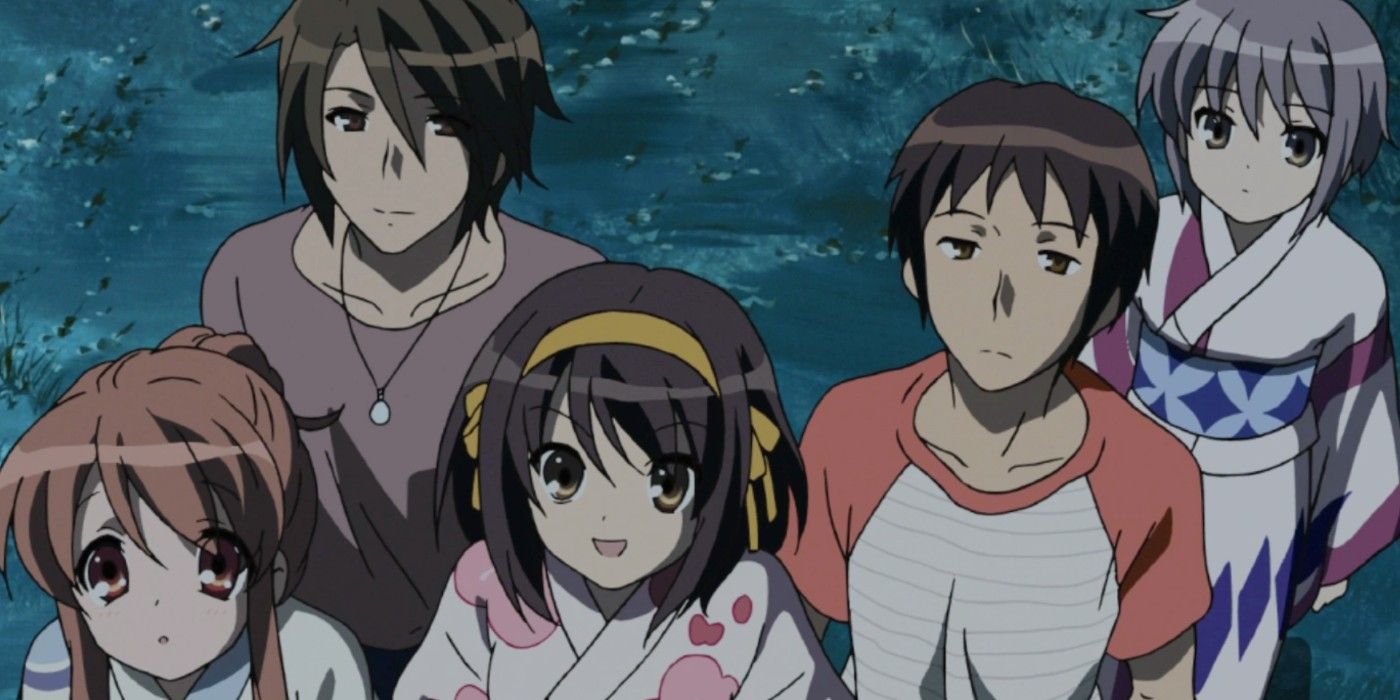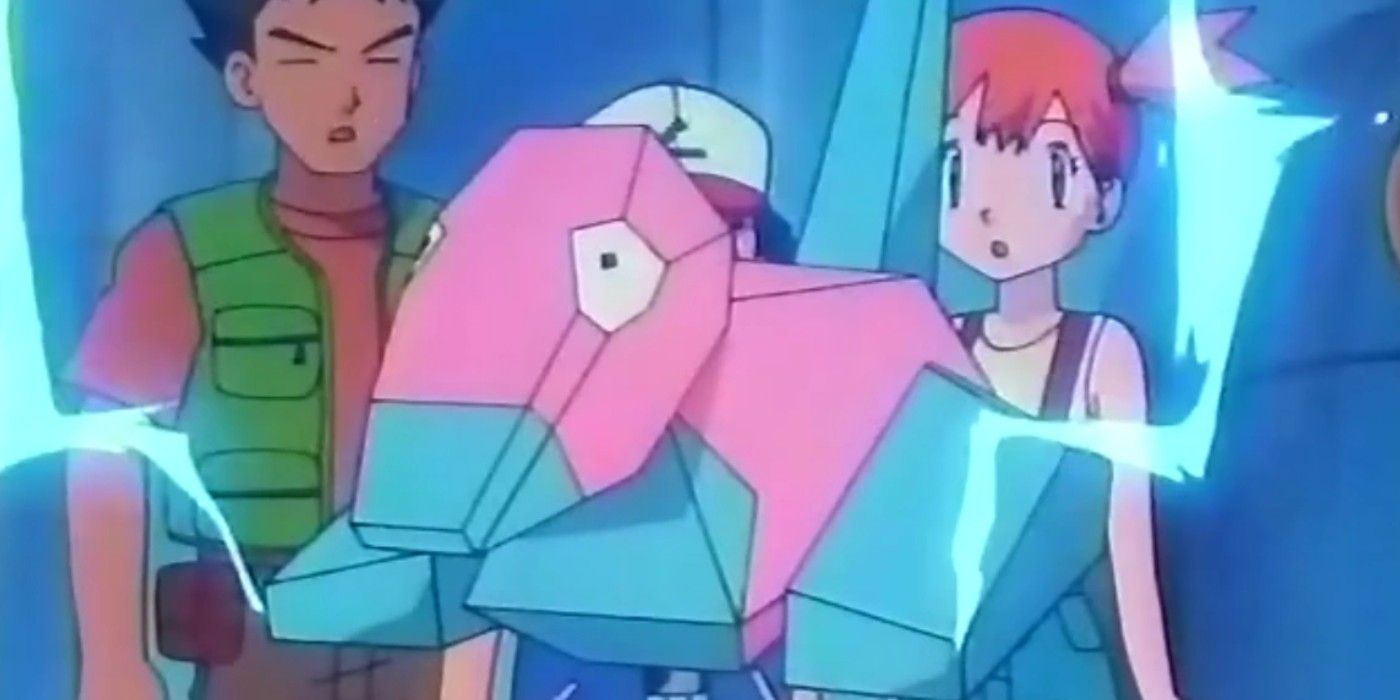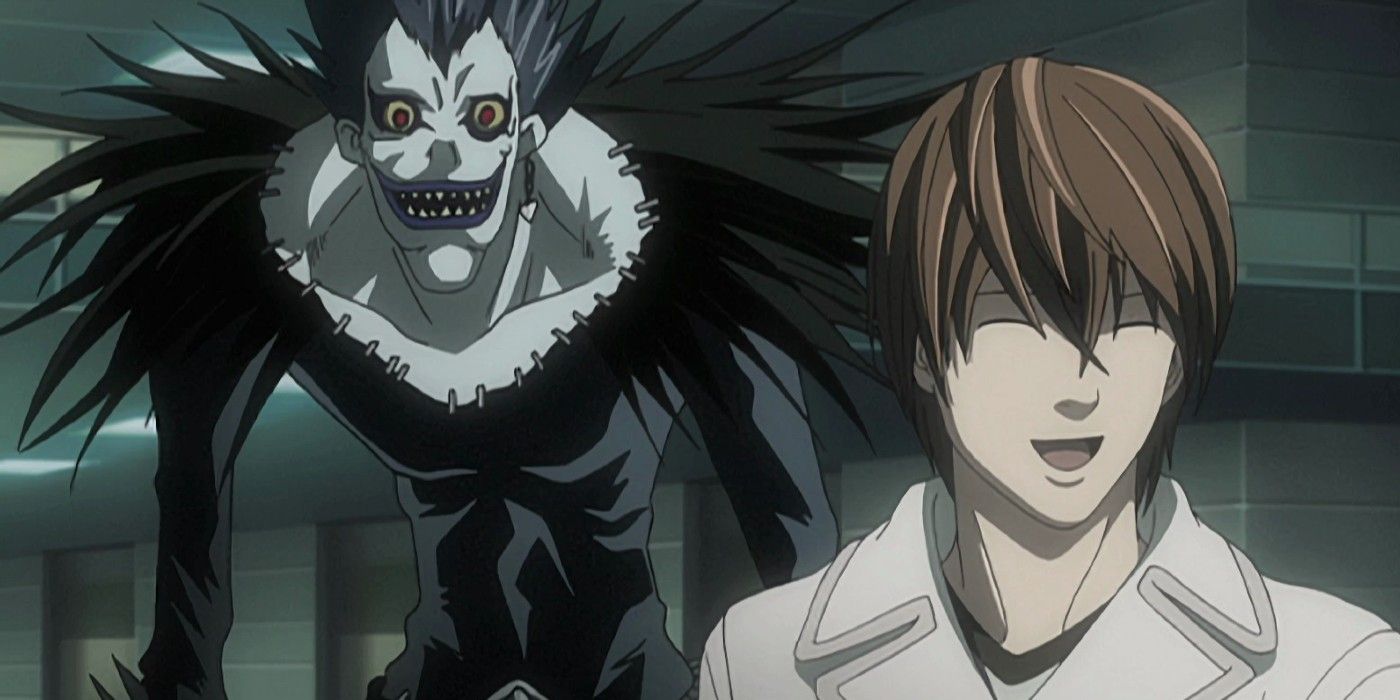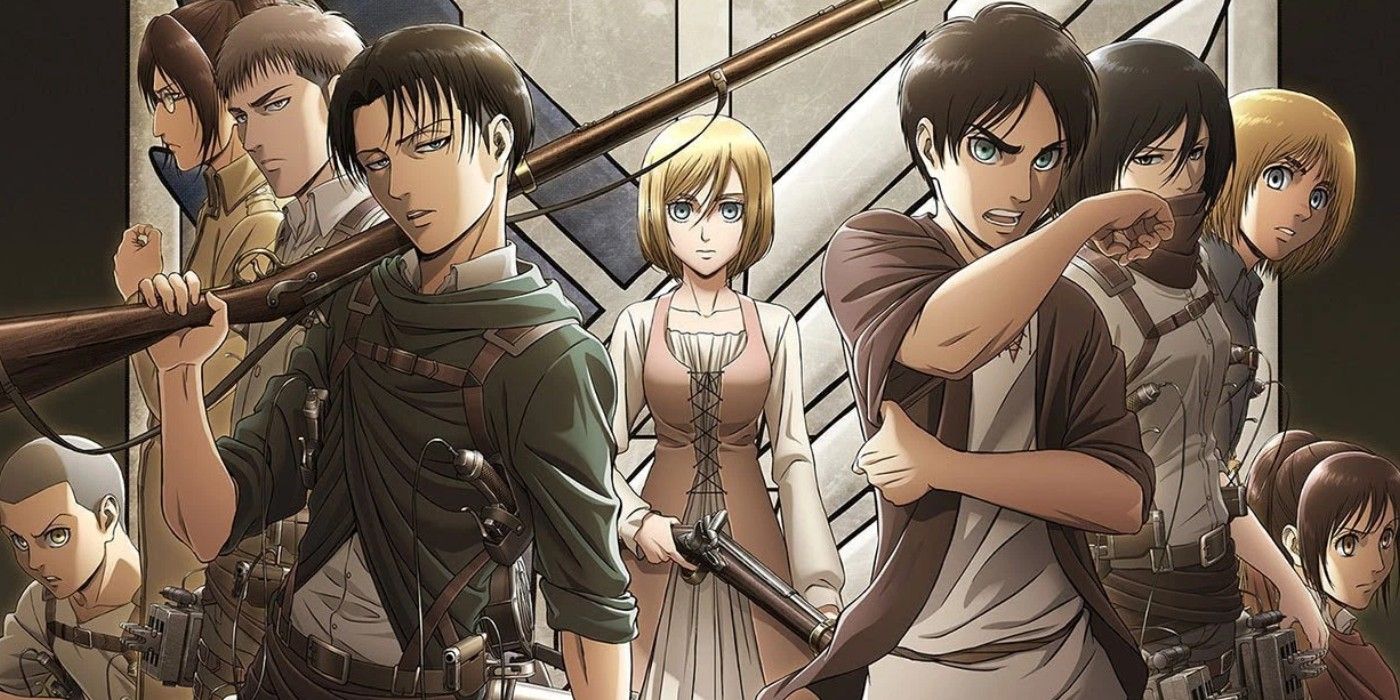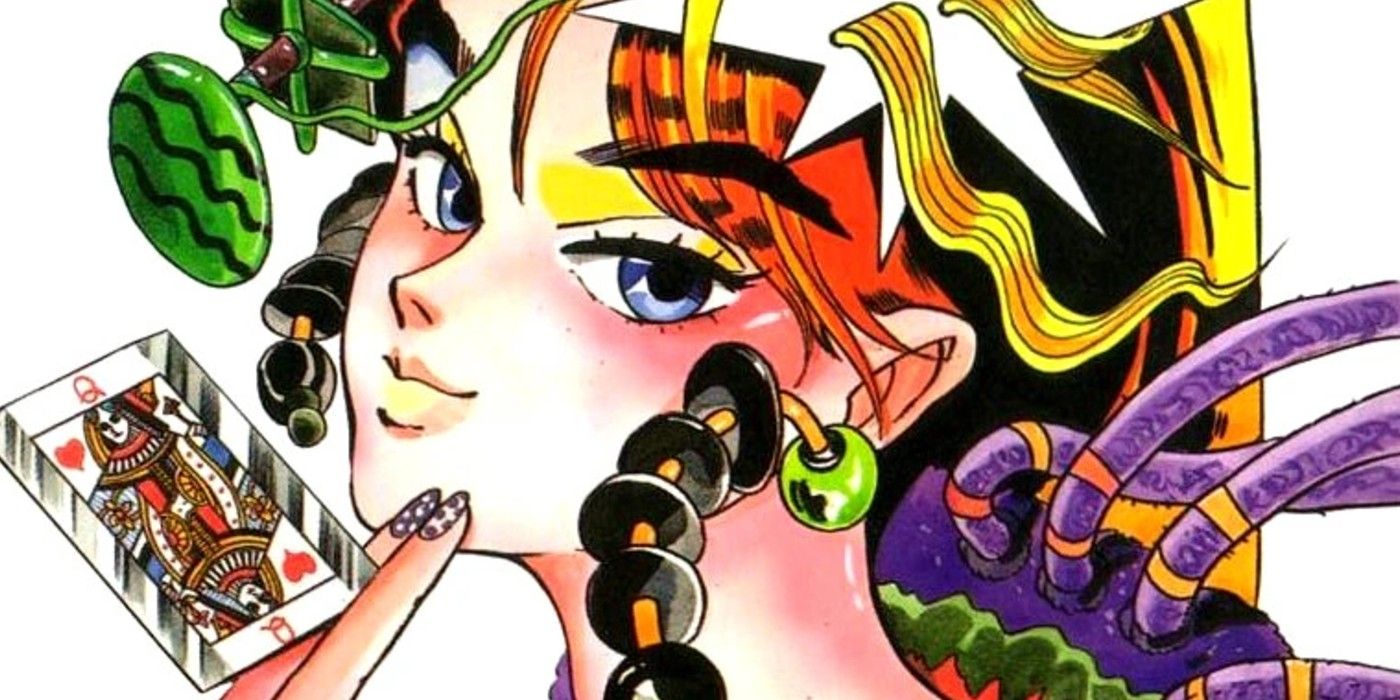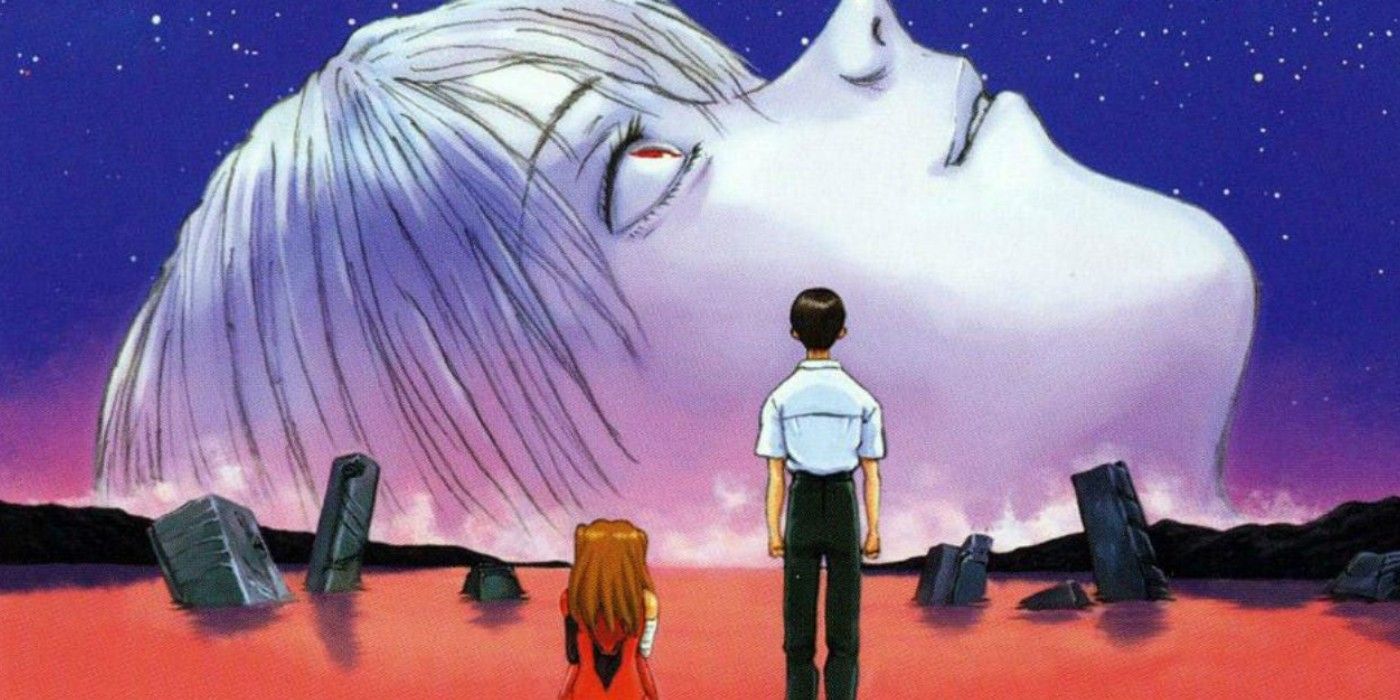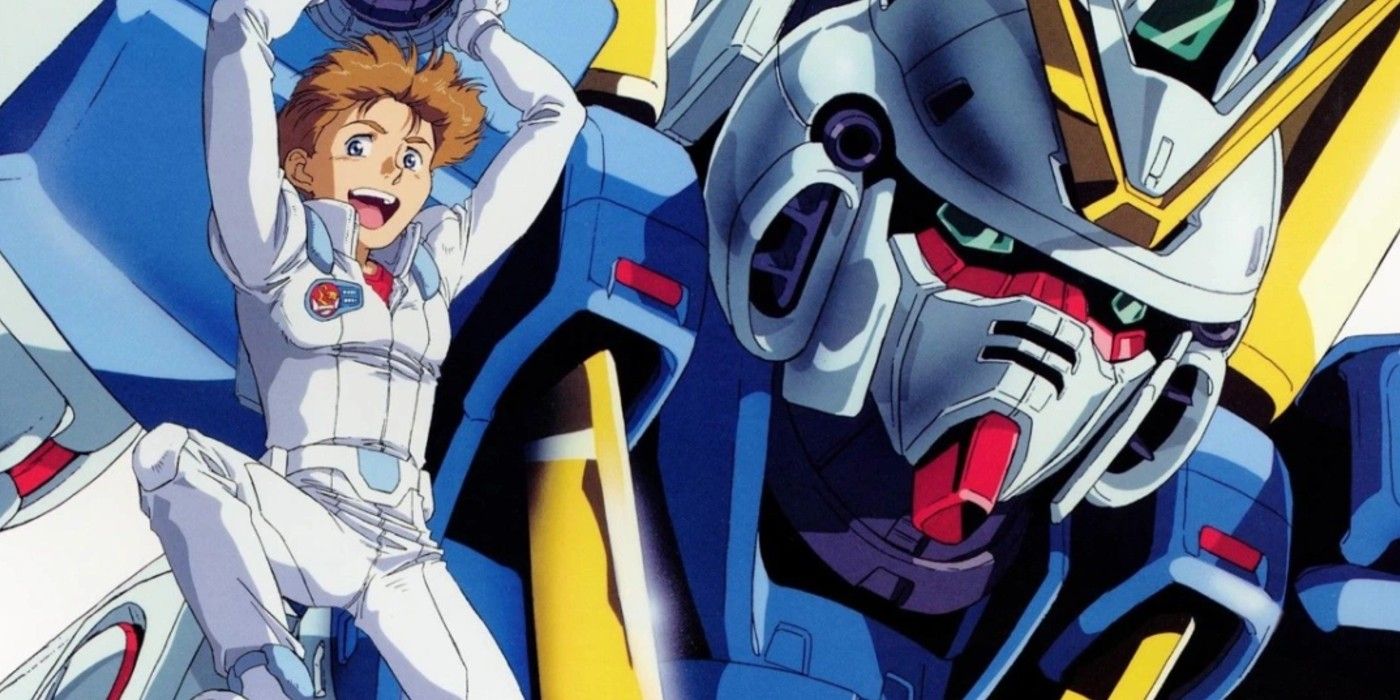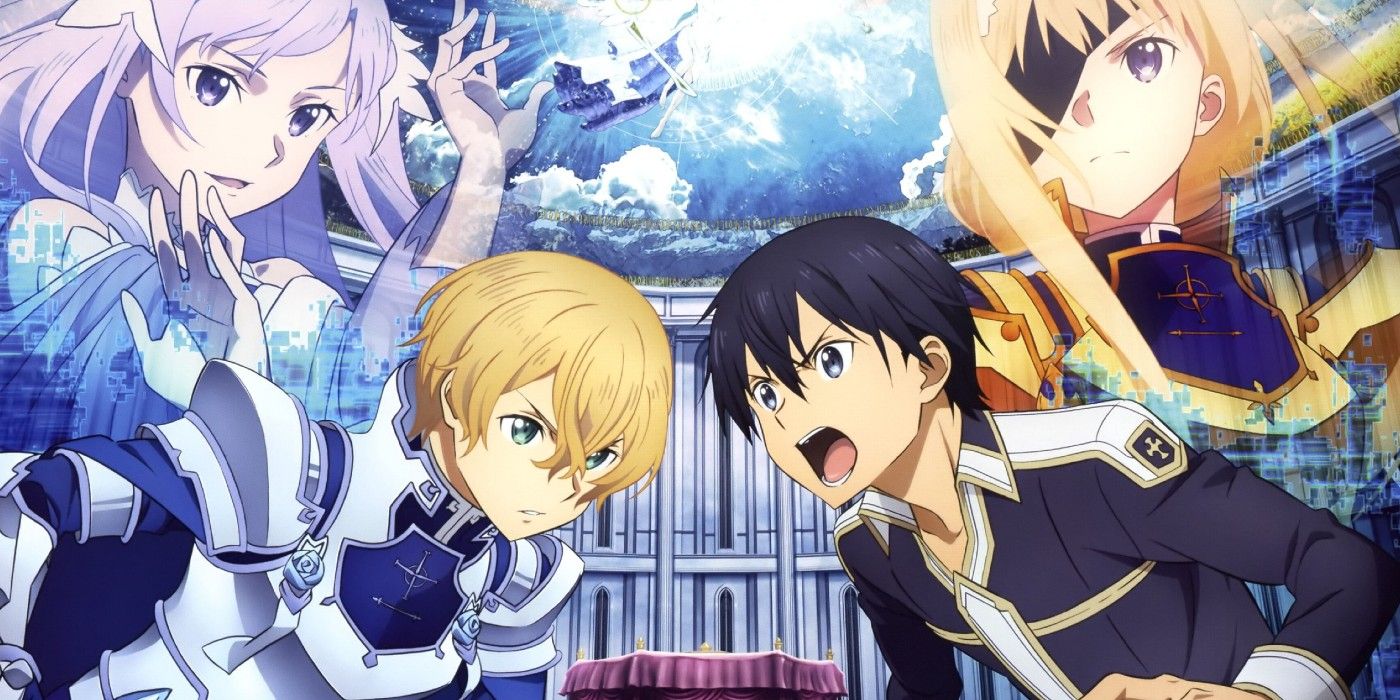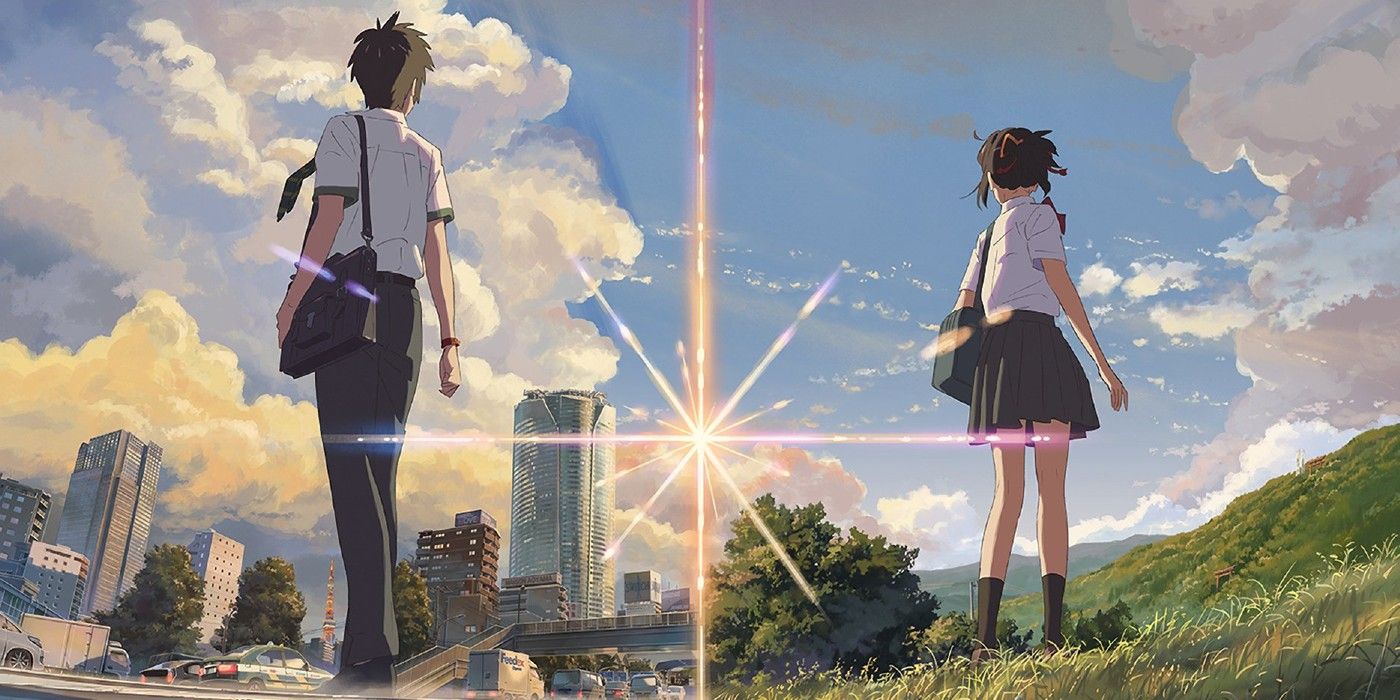Not everybody is proud of the work they had a hand in. This is a common occurrence in the world of anime and manga, where even some of the industry’s legends wish they could take a certain story or movie of theirs back.
Whether it’s for personal reasons or because they think that the anime or manga in question sucks, it’s hard not to blame these creators for some past missteps. The bigger question here is whether they learned the right lessons or if they’re doomed to repeat the mistakes down the line.
10 Nobody In Bandai & Sunrise Acknowledged G-Saviour’s Existence
Anyone wondering why Mobile Suit Gundam hasn't entered the live-action realm need look no further than the abysmal G-Saviour. Aside from it just being terrible and not even using the word “Gundam” once, longtime Gundam director and writer Yoshiyuki Tomino wasn’t involved in its production, all but guaranteeing its lack of quality.
G-Saviour is so bad that Bandai and Sunrise act like it never existed, never once advertising it or adding any G-Saviour elements to milestone crossovers and events. G-Saviour was mentioned in Gundam Build Fighters, where the eponymous mobile suit got blown up mere seconds after its entrance.
9 Nobody In The Haruhi Suzumiya Crew Liked Endless Eight
The Melancholy of Haruhi Suzumiya was once a phenomenon, but it fell from grace after the infamous “Endless Eight” arc and never recovered since. This was a pivotal chapter in the second season, where Haruhi and friends are stuck in a time loop that exposes Haruhi’s selfishness. Said loop was the same episode replayed eight times straight, with close to no differences between them.
Endless Eight not only turned Haruhi Suzumiya’s once fervent fanbase against it, but it remains one of the most despised set of episodes in anime history. Anyone who worked on the show hated it, with the American voice actors comparing their repetitive line-reading to torture while episode director Yutaka Yamamoto apologized for it – even if he voiced dissent when the idea was first brought up at Kyo-Ani.
8 Nintendo Disowned Porygon After The Seizure-Inducing Episode
Pokémon has seen its fair share of controversies, with the most well-known being the episode “Electric Soldier Porygon." This is because Porygon’s first and only anime appearance caused nearly 600 cases of seizures among Japanese kids. Pokémon then went on a four-month hiatus and Nintendo wiped out all existence of Porygon, even banning the episode from future circulation.
The crazy thing is that this wasn't Porygon’s fault; it was Pikachu’s. The scene in question had Pikachu electrically destroying missiles aimed at Porygon, hence the flashing strobe lights. But since Pikachu was Pokémon’s mascot, Porgyon took the fall.
7 Death Note’s Creators Didn’t Like The Story's Forced Second Half
Many felt that Death Note lost steam after Light/Kira finally killed L. They’re not alone in this sentiment that’s shared by its mangakas – writer Tsugumi Ohba and illustrator Takeshi Obata – who reflected on it in Bakuman. Here, their fictional stand-ins kill their popular character to hinder the editors' demands for unnecessary sequels. It’s hard not to see this as the creators' wish-fulfillment, since Shonen Jump wanted more Death Note even when the story was basically completed with L's death.
This is in sharp contrast to the polarizing Netflix remake, which they approve of. For them, the American Death Note was a beautifully directed spiritual retelling of their story that they say doesn’t need to be retold word-for-word. Also, Ohba doesn’t mind the extra royalties.
6 Hajime Isayama Was Disappointed In Attack On Titan’s Uprising Arc
If the otherwise consistently impressive Attack on Titan has one flaw, it’s “The Uprising” arc. This is where the Survey Corps decides to launch a coup that lasted longer than it should’ve. While necessary to the world-building, fans called out the arc’s political intrigue and infighting for barley having any action in an action-centric manga and grinding the story to a halt.
Mangaka Hajime Isayama agrees, confessing that this arc is where he’s most disappointed at himself as a storyteller. During the lead up to the anime’s third season, Isayama expressed hope that the adaptation would iron out The Uprising’s faults and make him proud. Based on the season's unanimous praise, it’s safe to say that Isayama got his wish.
5 Hirohiko Araki Was Embarrassed By Gorgeous Irene
Before creating the smash hit Jojo’s Bizarre Adventure, Hirohiko Araki made Gorgeous Irene. The short-lived manga about a shapeshifting assassin who uses her powers for good is a showcase of Araki’s early art (i.e. some Jojo’s prototypes, like a Jonathan Joestar lookalike) and writing –which he’s embarrassed about.
Irene is as stereotypical as action heroines get, from her powers being activated by makeup right down to unnecessary instances of fanservice. Araki admitted that this was him at his most immature and when he was “ignorant of women,” something he only realized after marriage. He made up for this in Jojo’s Bizarre Adventure: Stone Ocean which stars Jolyene, the first female Jojo and an infinitely better written heroine.
4 Kazuya Tsurumaki Thought That The End Of Evangelion Was Unnecessary
For Neon Genesis Evangelion fans, The End of Evangelion is a better conclusion than the original anime’s polarizing two-parter. The latter is where Human Instrumentality was an abstract group therapy session than the fated Armageddon that was being hinted throughout the series. That said, co-director Kazuya Tsurumaki begs to differ from the consensus.
Minus some editing, the original ending is as complete as it can be for Tsurumaki, who deemed The End of Evangelion unnecessary. While he doesn’t regret making the movie, Tsurumaki didn’t get the same emotional highs and fulfillment working on the original ending. This didn’t stop him from working on the Rebuild of Evangelion tetralogy alongside series creator Hideaki Anno, who also defends the original ending’s ambiguity and experimental nature.
3 Yoshiyuki Tomino Despised Victory Gundam
If Yoshiyuki Tomino were to pick one Gundam anime he could erase, it’s the uncharacteristically bleak and unpleasant Victory Gundam. Tomino openly wished he never made it at all and takes full responsibility for its terrible quality. He even warned people not to buy Victory Gundam DVDs when it got a Blu-Ray rerelease.
The reasons behind this are numerous, chief among them being Bandai and Sunrise’s interference and Tomino suffering a serious bout of depression, leading to the anime’s nihilism. Victory Gundam fell short of expectations not enough to kill Gundam, but enough to cause the franchise-wide shift from the Universal Century and Real Robot niche.
2 Reki Kawahara Apologized For The Sexual Assaults In Sword Art Online
Sword Art Online is problematic for many reason, with its insensitive use of assault against women as a callous plot device being one of its worst offenses. Though late by his own admission, series creator Reki Kawahara apologized for this not just to fans, but to the voice actresses of Tiese and Ronye from the controversial Sword Art Online: Alicization as well.
Recently, Kawahara explained this questionable creative decision through his immaturity, as such scenes were common in the stories he grew up with. For the longest time, he saw this as a necessary trope rather than an offensive anomaly. This is why after Alicization, Sword Art Online noticeably dropped its tasteless aspects and began properly fleshing out its female cast.
1 Makoto Shinkai Said Your Name Is Overrated
Your Name is regarded as an emotionally powerful work of art that cemented anime’s place in the global stage and director Makoto Shinkai’s status as “The Next Hayao Miyazaki.” But to Shinkai, not only does he not deserve such a lofty title or an Oscar for Best Animated Feature, but he also thinks that Your Name isn’t that good to begin with. At one point, he even begged people not to watch it.
After two years in production, Shinkai believes Your Name could’ve and should’ve been better, with its story being alright at best. While he appreciates the Miyazaki comparisons, he thinks they’re exaggerated, especially since Miyazaki would probably spot countless flaws in his movie. Shinkai was also uncomfortable with the "unhealthy" obsession with the movie, hence his futile aforementioned plea.

